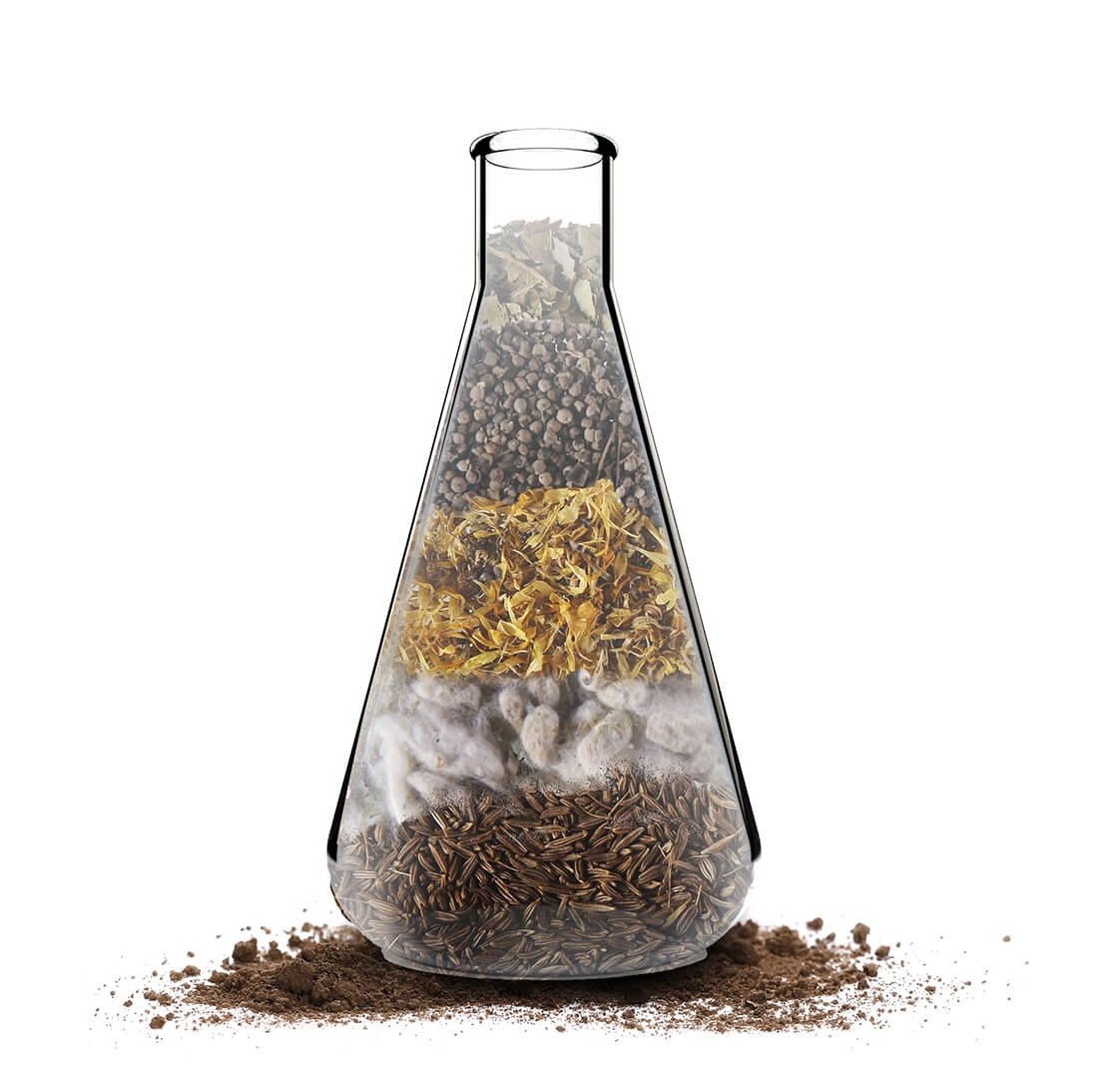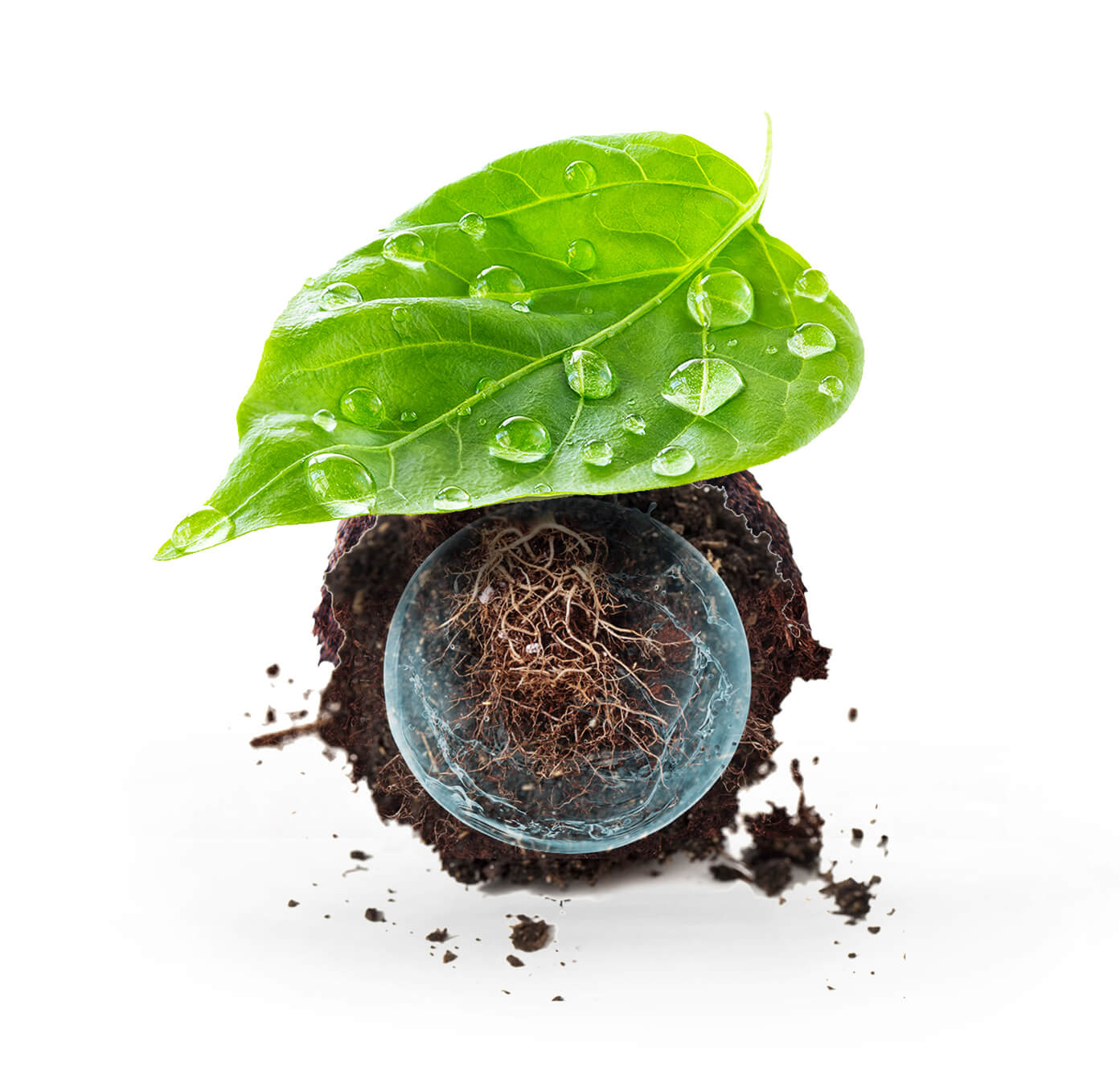Complete your profile and access all the benefits
Update your profile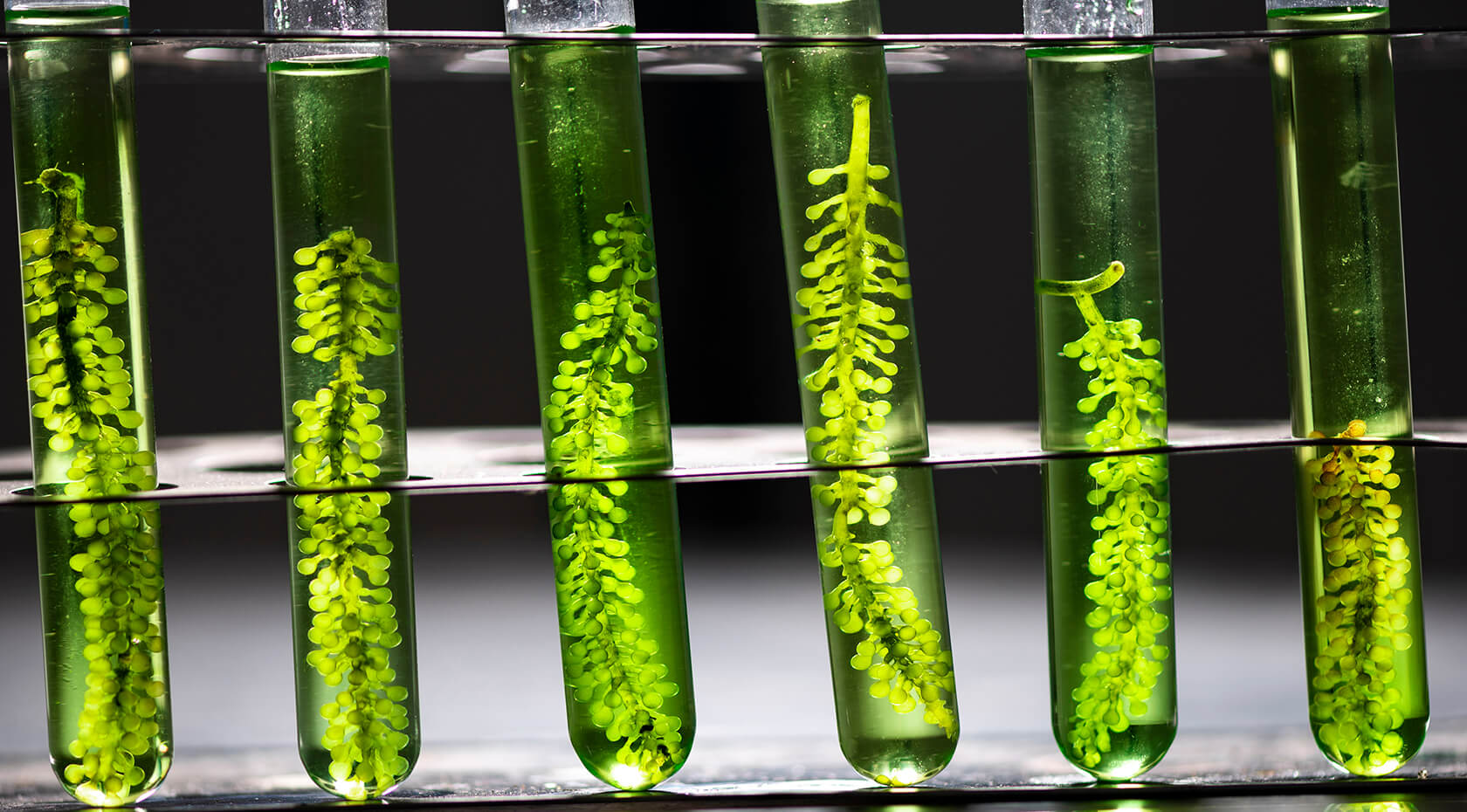
4 Natural areas
Where Nature and Efficacy Walk Hand-in-Hand
Natural Areas
Through the synergy of four sources of natural raw materials, such as Botany, Microalgae, Microbiology, and Green Chemistry, grouped together in our 4 Health technology, we position ourselves as an effective, natural, sustainable, and healthy alternative for agribusiness, making us a key piece in agriculture 4.0.
In order to keep up with the demand of returning to the natural, we draw on nature to obtain plant extracts, microorganisms and microalgae, through a selection of raw materials that follow strict quality controls.
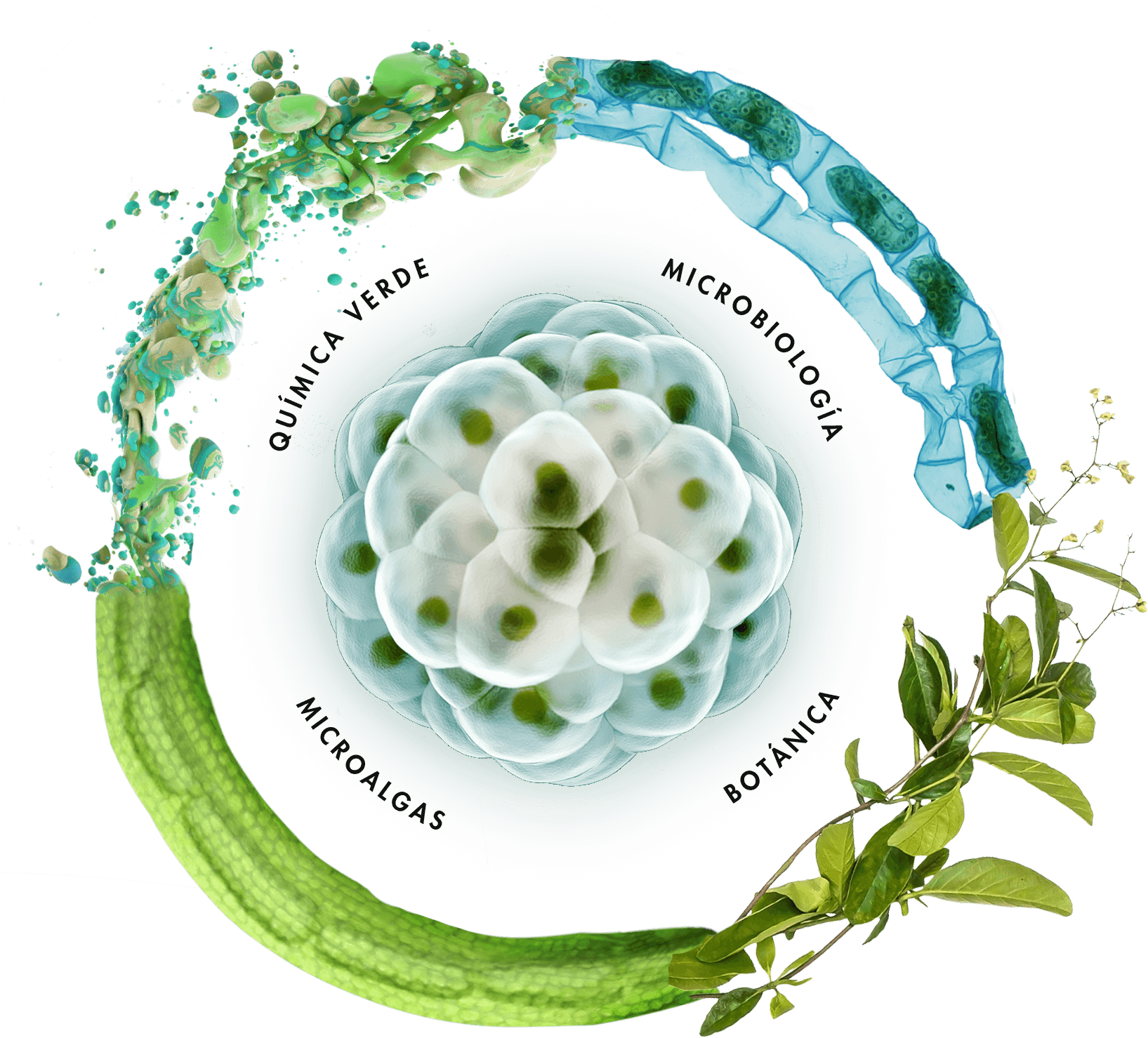
Raw materials
- Analytical quality control of each batch received:
- Quality control analysis by batch: composition, pH, density, conductivity, organoleptic characteristics, among others; prior to packaging.
- The results and samples of each batch are stored for a period of five years.
- Analysis performed in the internal (in-house) laboratory.
- For customs or accredited analysis, collaborates with external laboratories accredited by ENAC – National Accreditation Entity.
- Validation before use in any manufacturing.
Our methodology
-
More information
NATURAL ORIGIN: Traceability of raw material to its origin
Per Product: plants, microorganisms, and microalgae. Raw extracts
Raw Extracts
Botany
Thanks to our teams’ thorough knowledge of botanical extraction techniques, we can get a maximum concentration of molecules of interest, as well as protect them against possible degradation.
Our methodology
-
More information
Selected part of the plants: Higher concentration of active compounds.
Processing of plant material for extraction.
Selected extraction process: Based on plant material and compounds of interest.
Solvents: Water, Ethanol, CO2, Ethyl Acetate, etc…
Methods: Soxhlet, steam distillation, maceration, ultrasound, supercritical fluids, etc.Optimization and Extraction system by scaling
Fractionation:
Targeted bioassay: screening of active fractions.
Isolation of bioactive natural compoundsTrials:
Toxicology testing
Phytotoxicity tests.
Impact on auxiliary microorganisms.Unique approach in the study of plant extracts in our sector = Homogeneous efficacy.
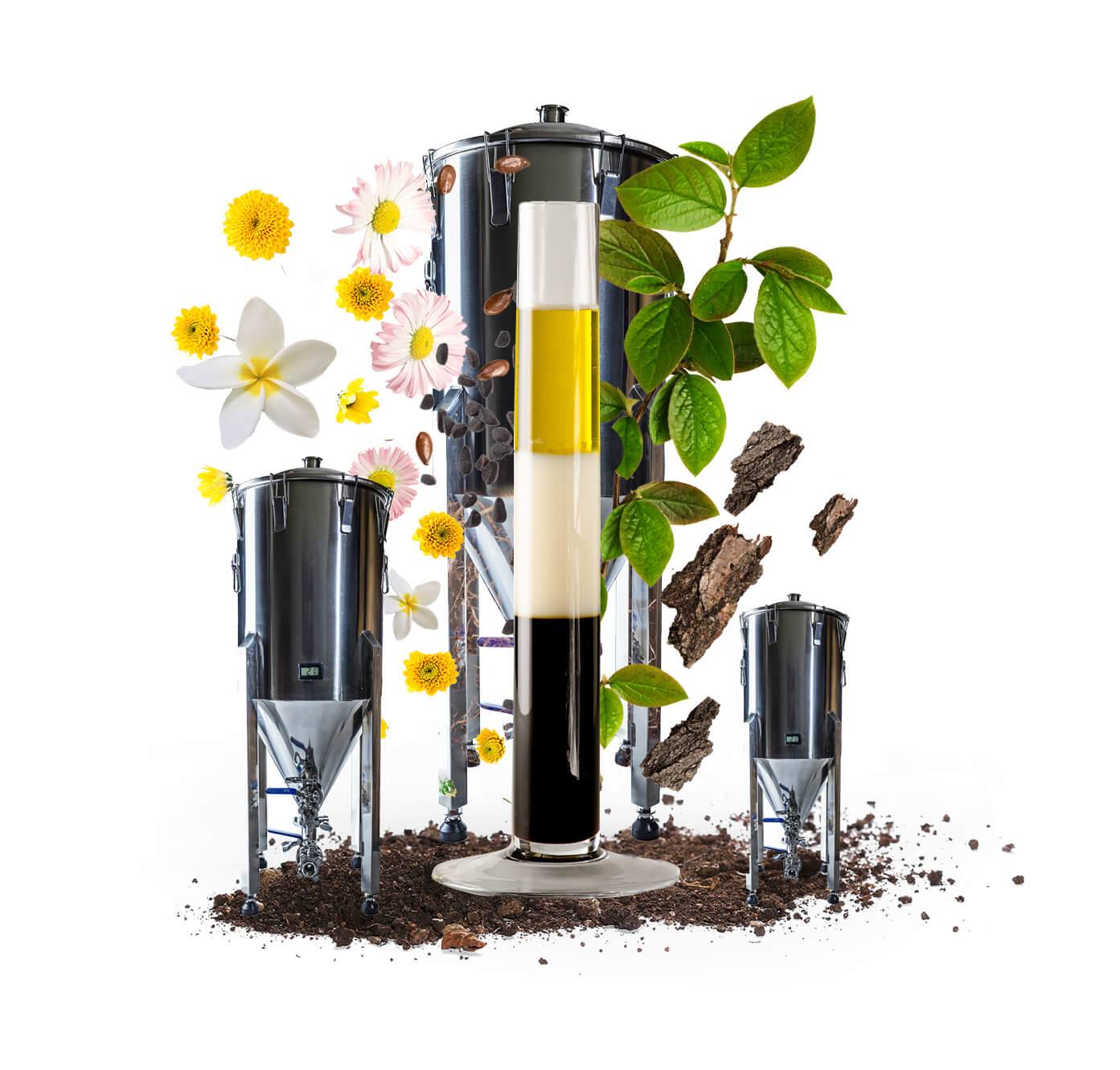
Microbiology
Through fermentation techniques, we get microorganisms capable of producing phytohormones, enzymes and other secondary metabolites favorable for crops.
The complexity of this area is twofold: to identify microorganisms capable of secreting molecules of interest and to identify growth mediums with the capacity to potentiate the mentioned molecules.
Our methodology
-
More information
Selected microorganisms: Based on their ability to produce compounds of interest.
Specific fermentation media: Based on microorganisms and compounds of interest.
Fermentation technology:
High concentration of beneficial microorganisms: Azospirillum, Pseudomonas, Bacillus, Trichoderma, etc.
Guided fermentation to obtain compounds of interest: Growth medium selected. Selected microorganisms: capable of synthesizing high concentrations of compounds of interest.
Nano-filtration to eliminate the microorganism.
Guided fermentation to obtain secondary metabolites: Selection of the culture medium. Selected microorganisms: capable of synthesizing high concentration of compounds of interest.
Nano-filtration to eliminate the microorganism.Scalable fermentation system
Separation and purification process:
Based on the compounds of interest.Solvents: Water (direct use), Ethyl acetate (organic fractions), etc.
Methods: Liquid-liquid extraction, preparative chromatography.
Optimization and Scaling.
Microalgae
Microalgae and cyanobacteria are producers of molecules of interest for the control of pests and diseases; In addition, they are CO2 receptors and function as an active source of natural phytohormones, reinforcing resistance to biotic and abiotic stress, improving the contribution of macro and micronutrients.
Our methodology
-
More information
Specific fermentation media: Based on microorganisms and compounds of interest.
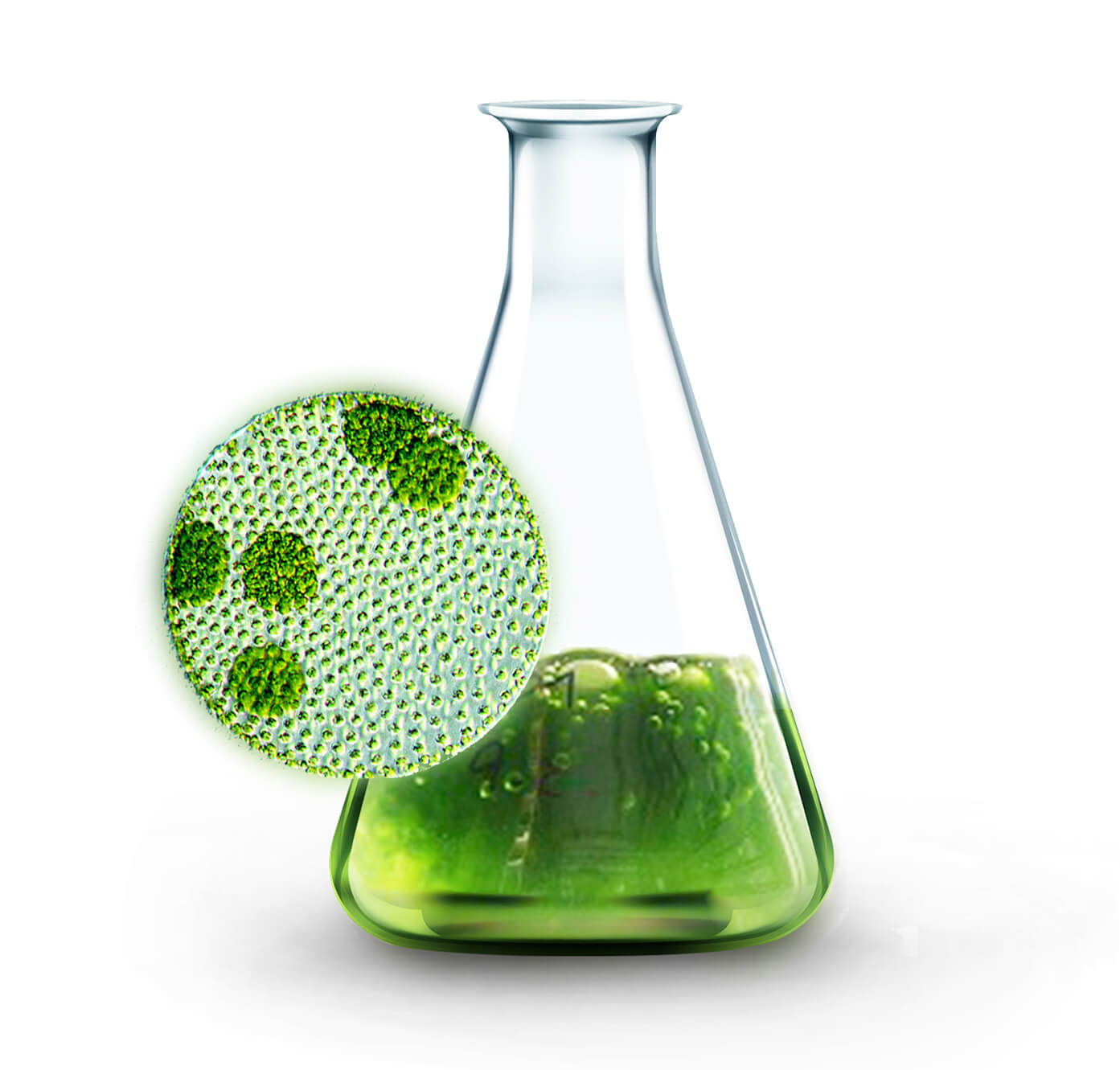
Green Chemistry
Green chemistry involves extracting natural raw materials from agrifood by-products, hydrolysis, bacterial fermentations, fermentation techniques of plant tissues, among others.
Our methodology
-
More information
Foliar applications
Organic adjuvants: Absorption: surfactants or Adsorption: adherent.
Selection based on: Specific culture; Knowledge of the foliar structure and Life cycle of the target pest: eggs, larvae, adults, fungal spores, bacteria.
As a result: Drop dispersion and penetration of natural compounds.
Root applications: Organic adjuvants: Dispersion Wetting agent
As a result: Better penetration of natural compounds and movimiento lateral y lateral movement and uniform humidity.
.png)
.png)



